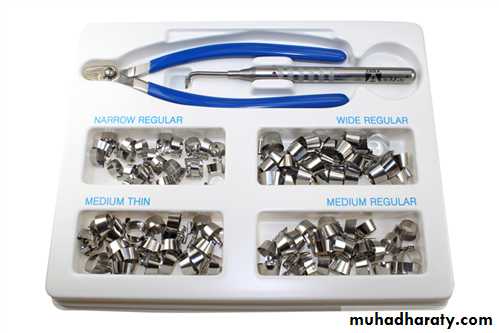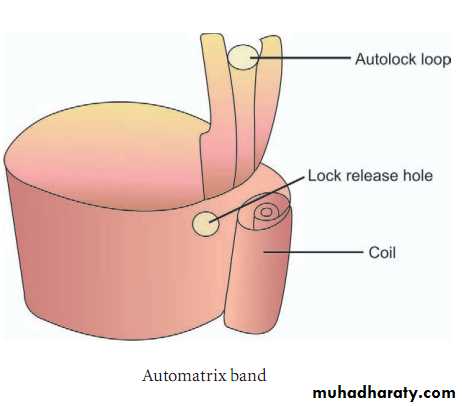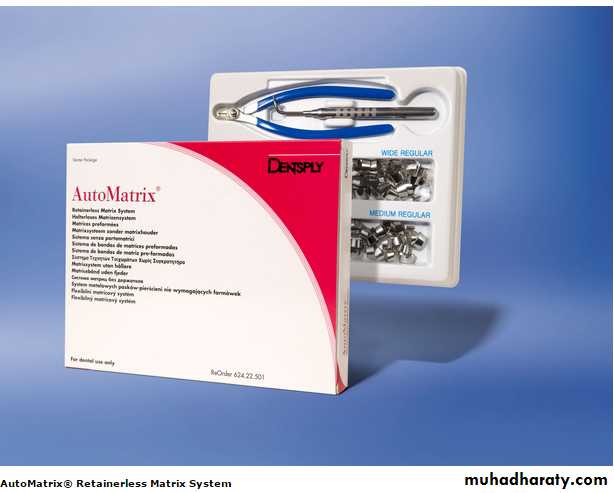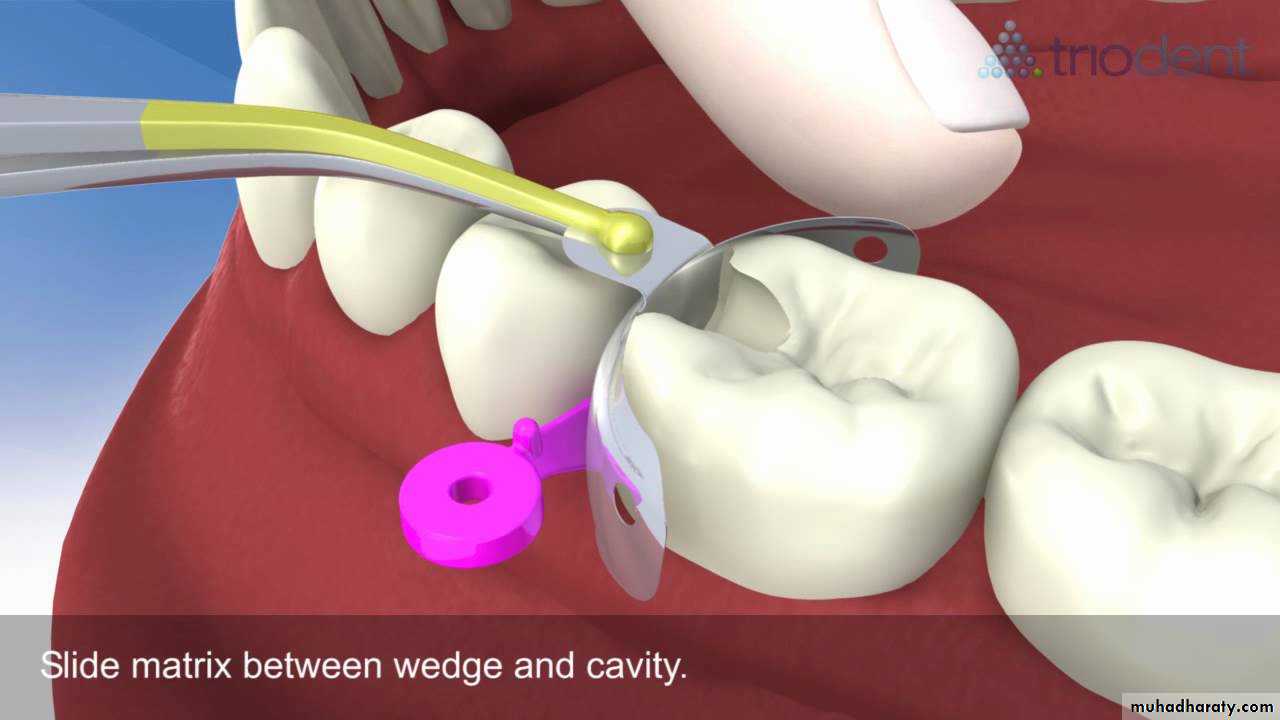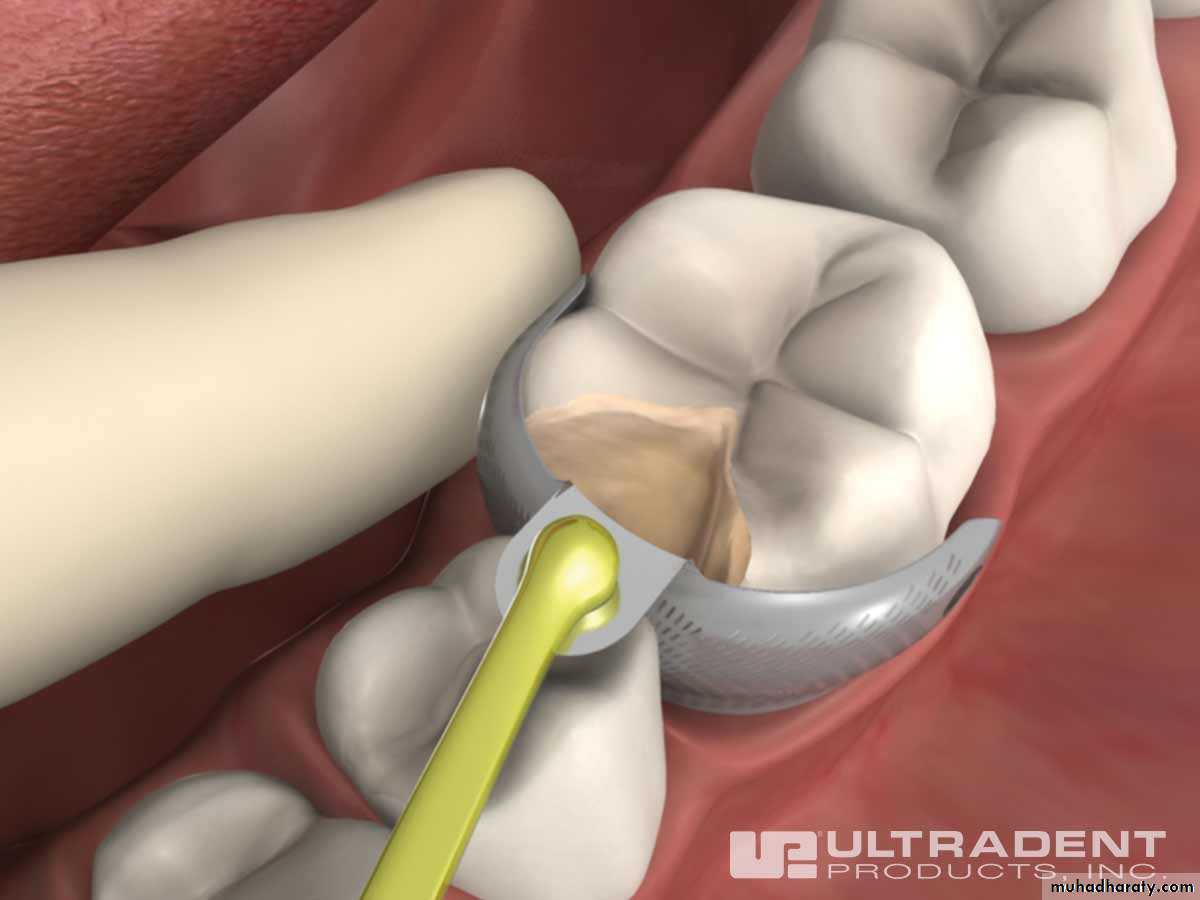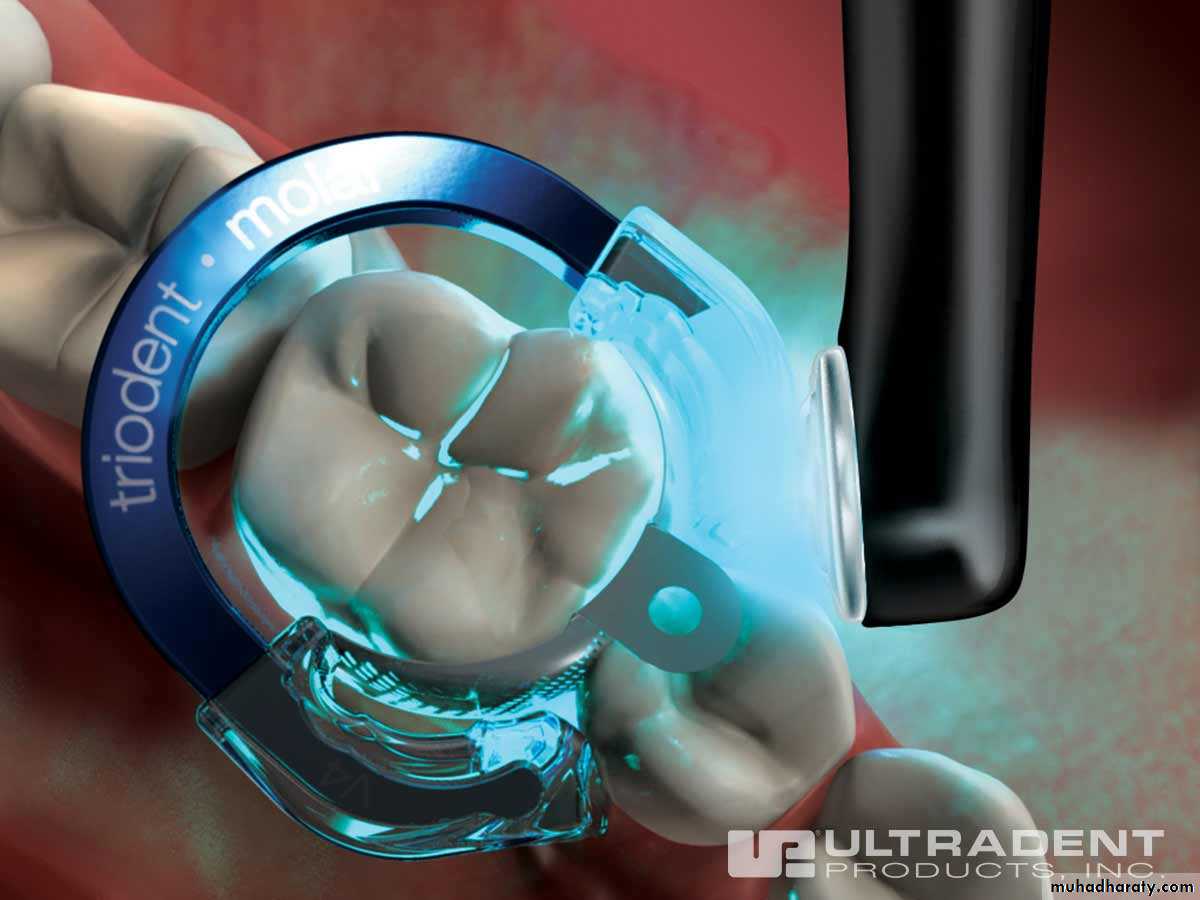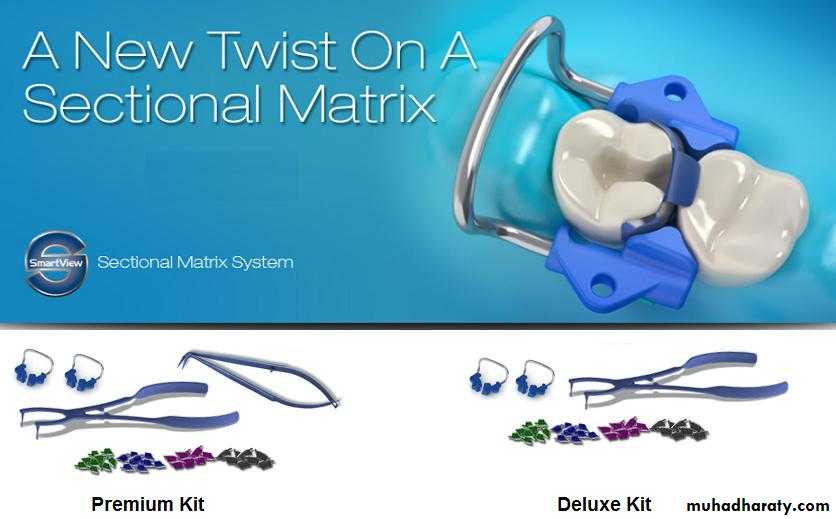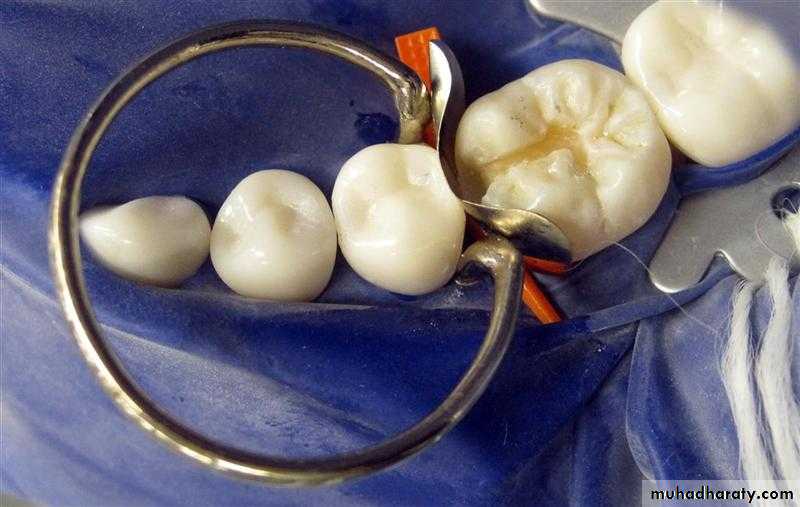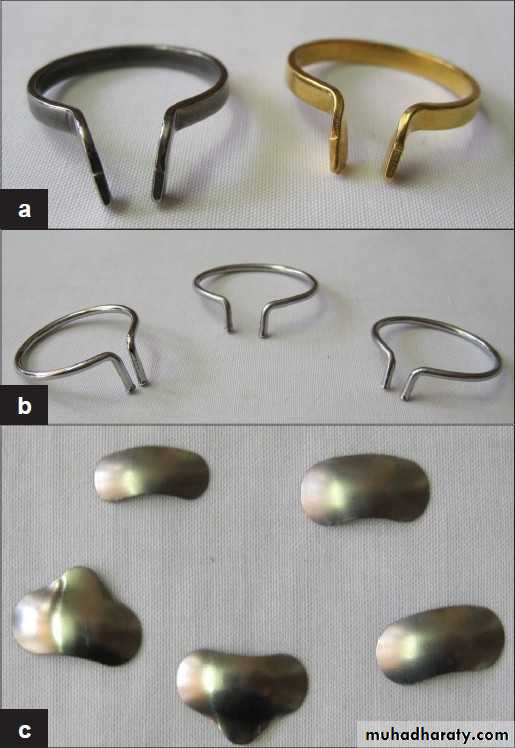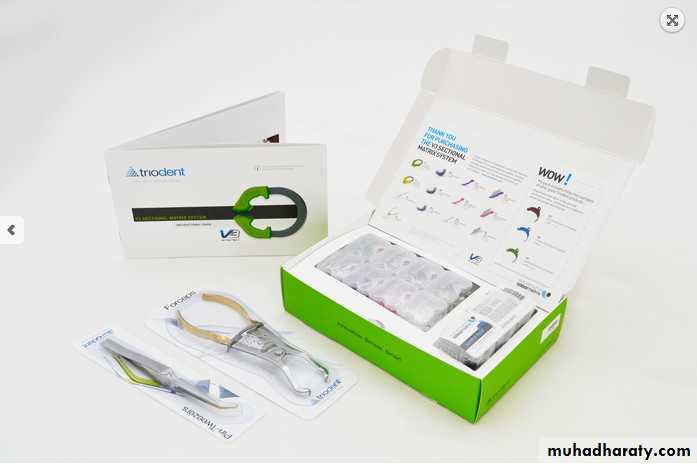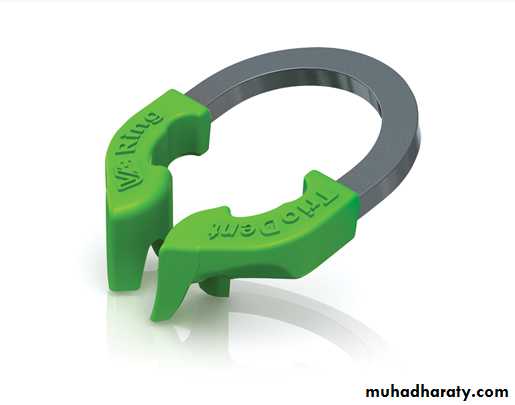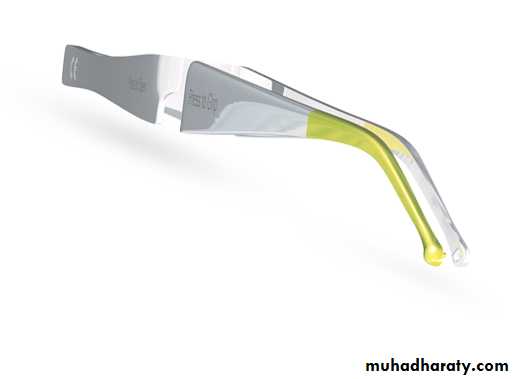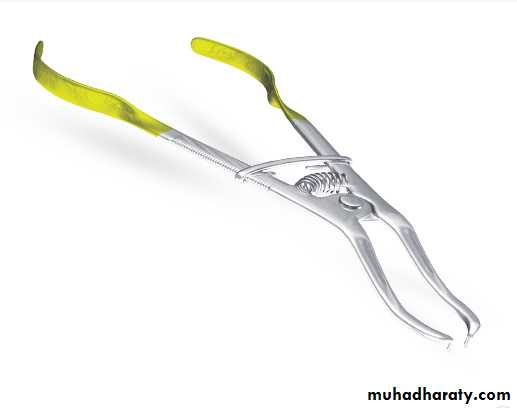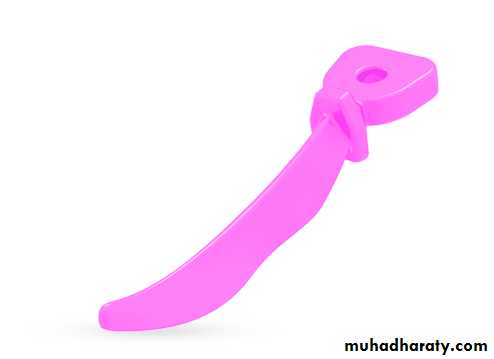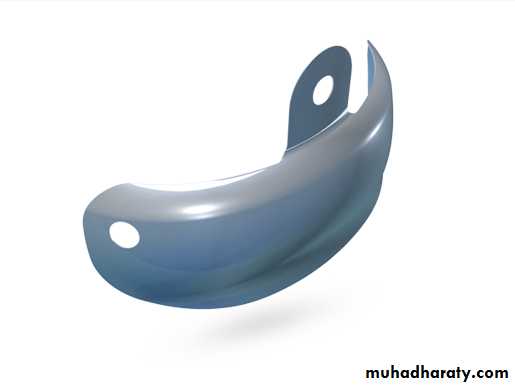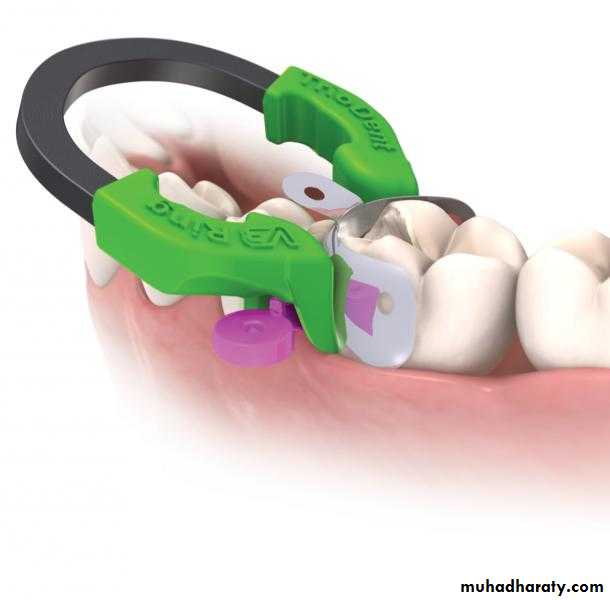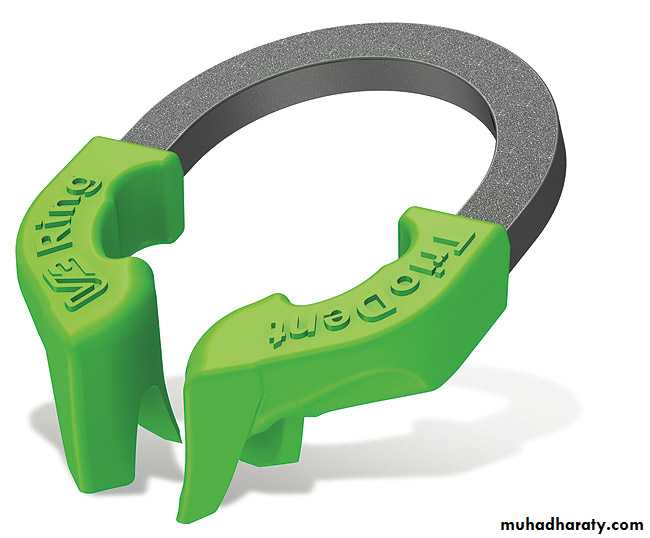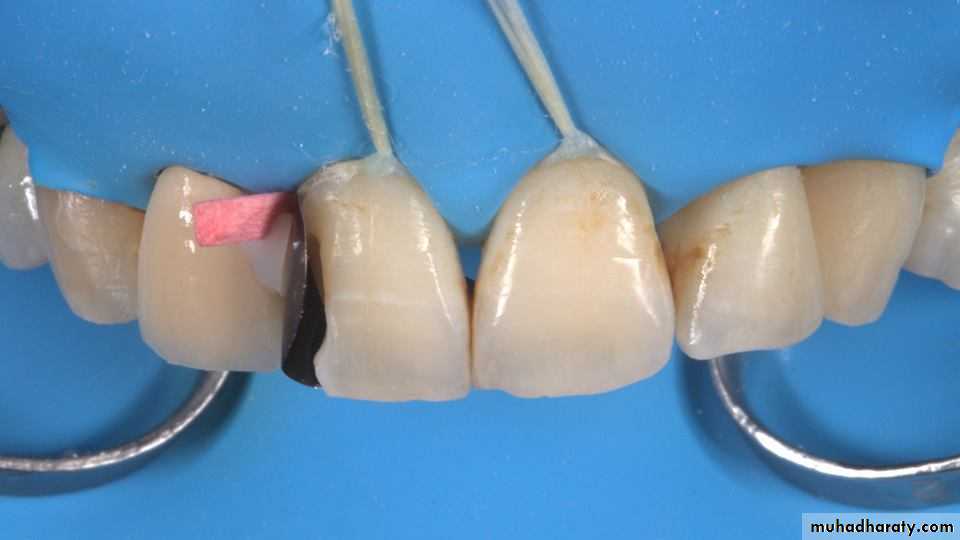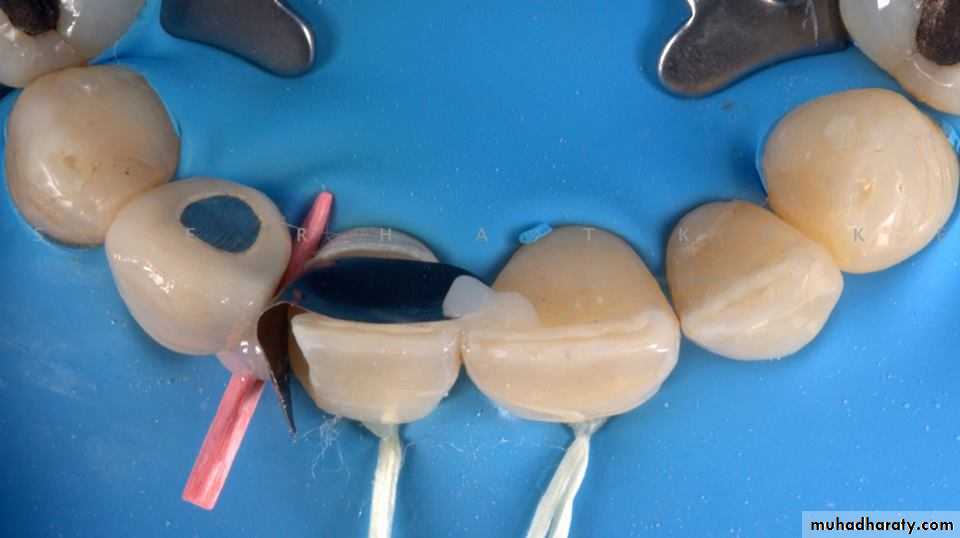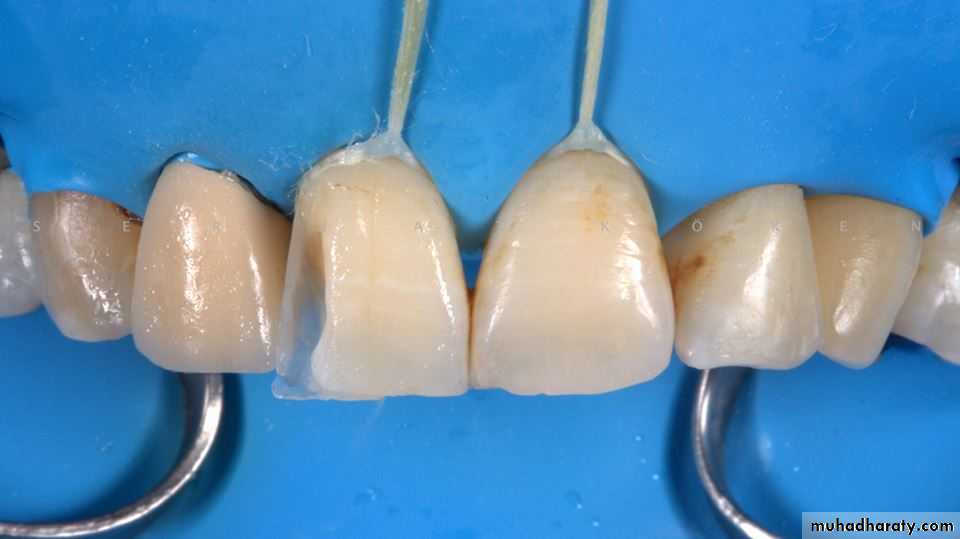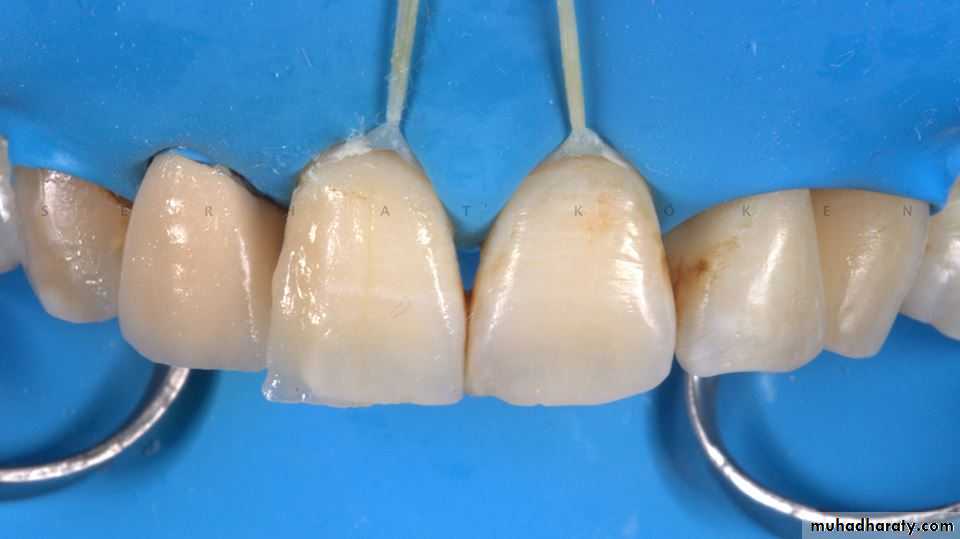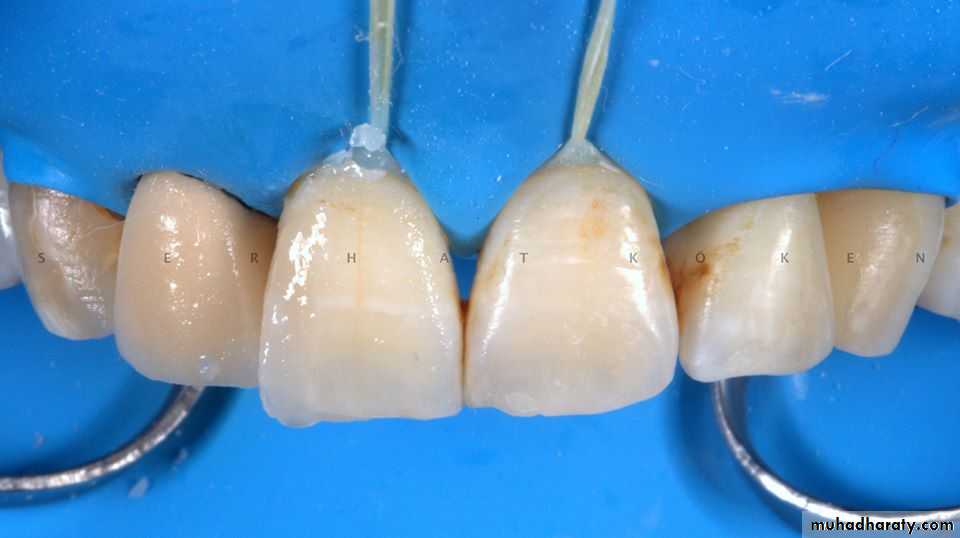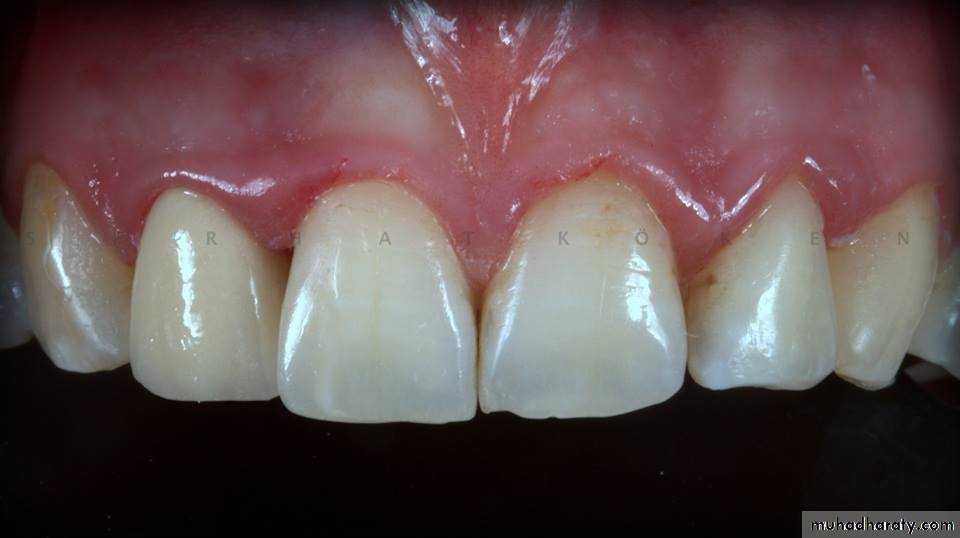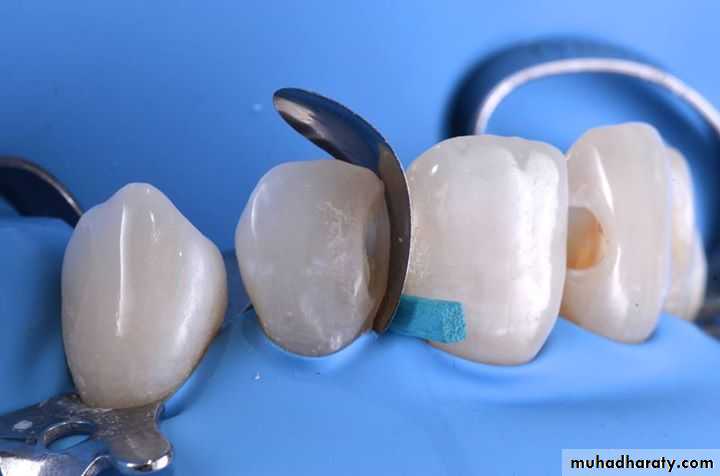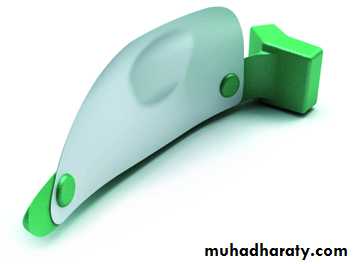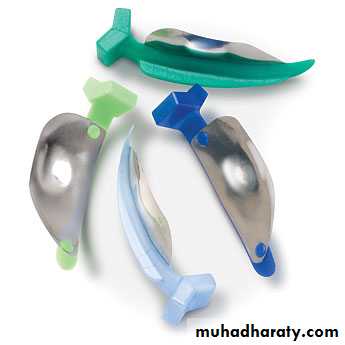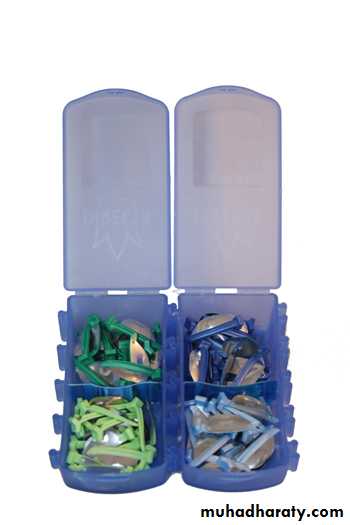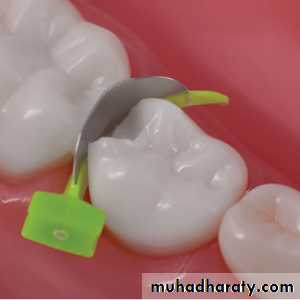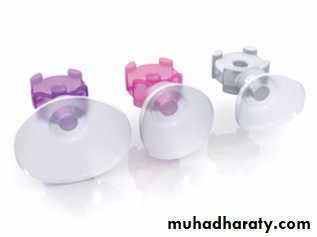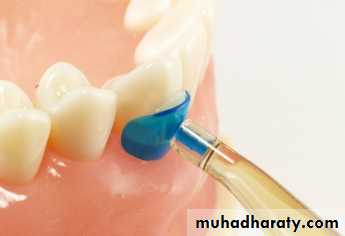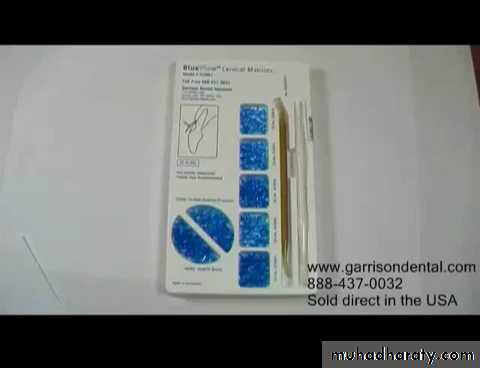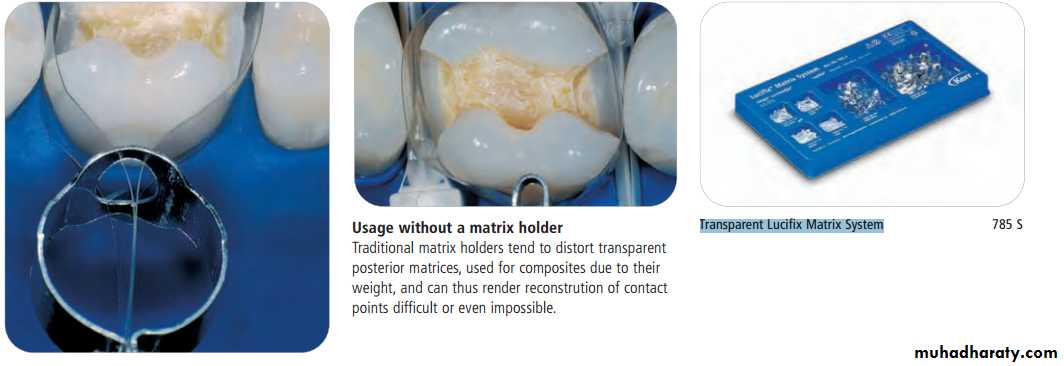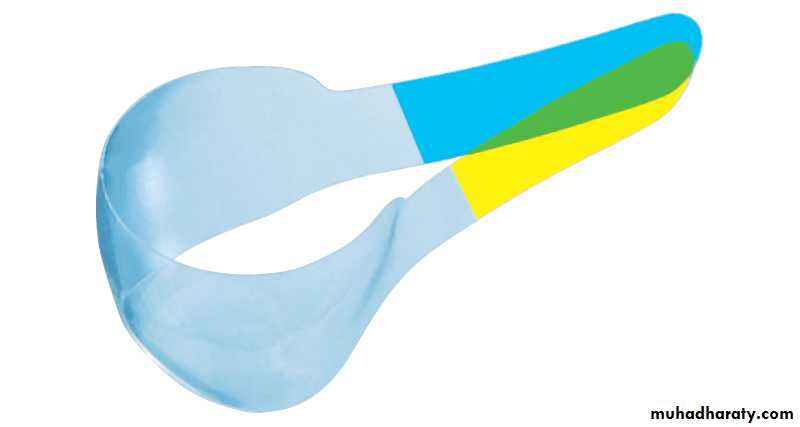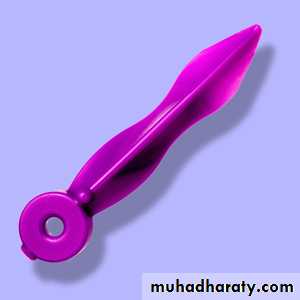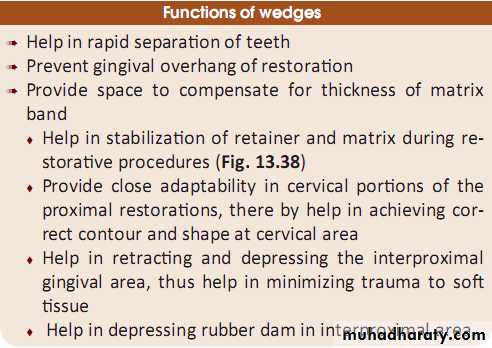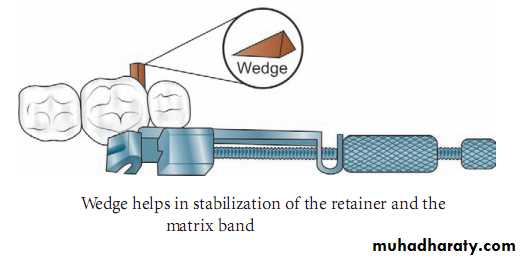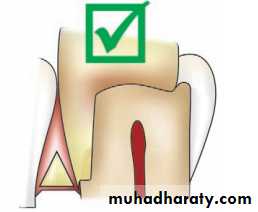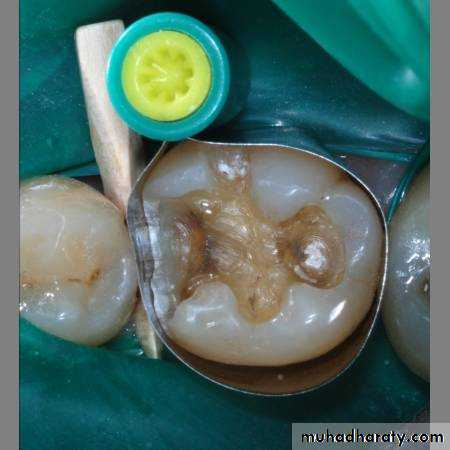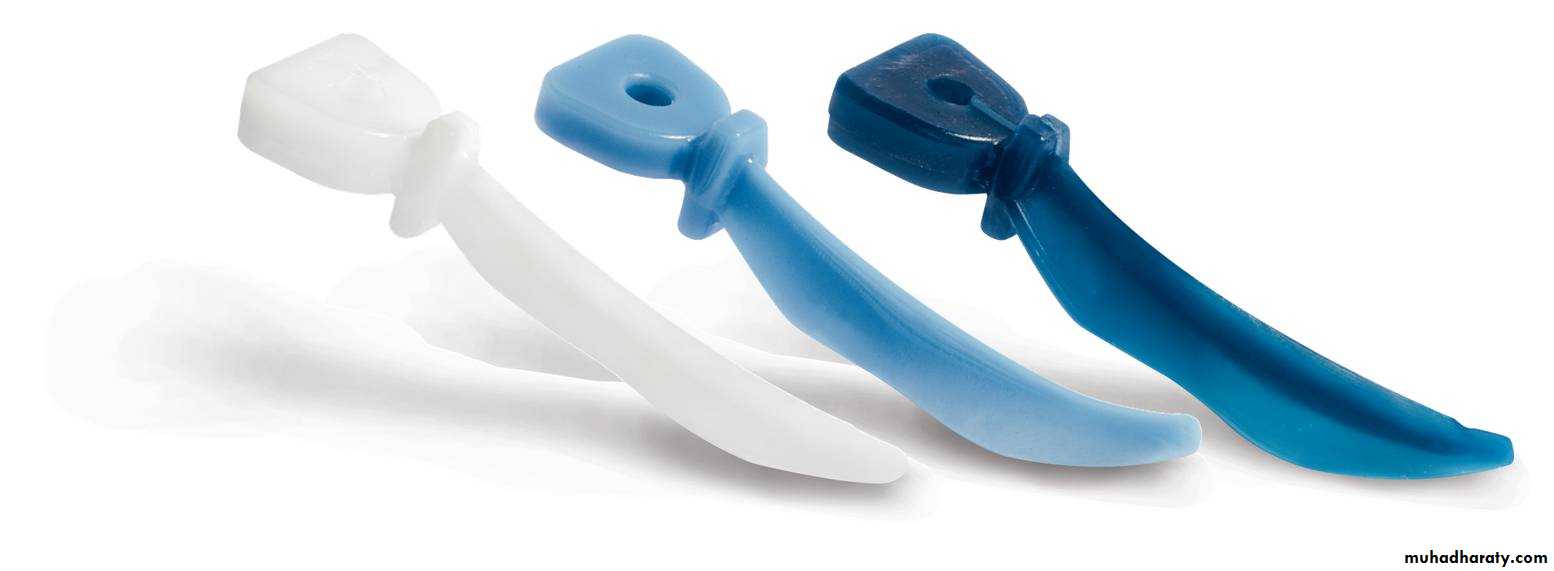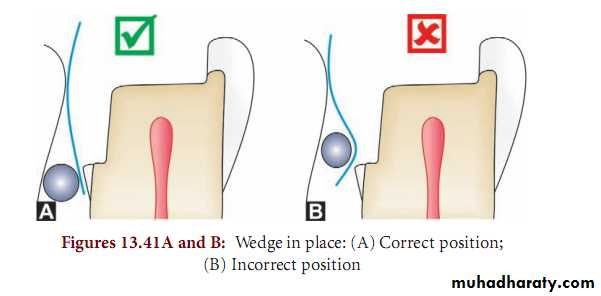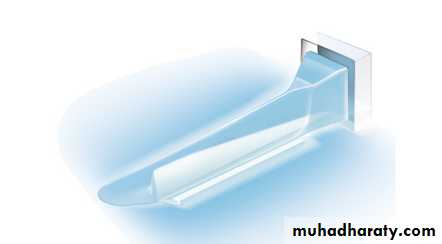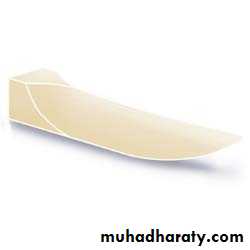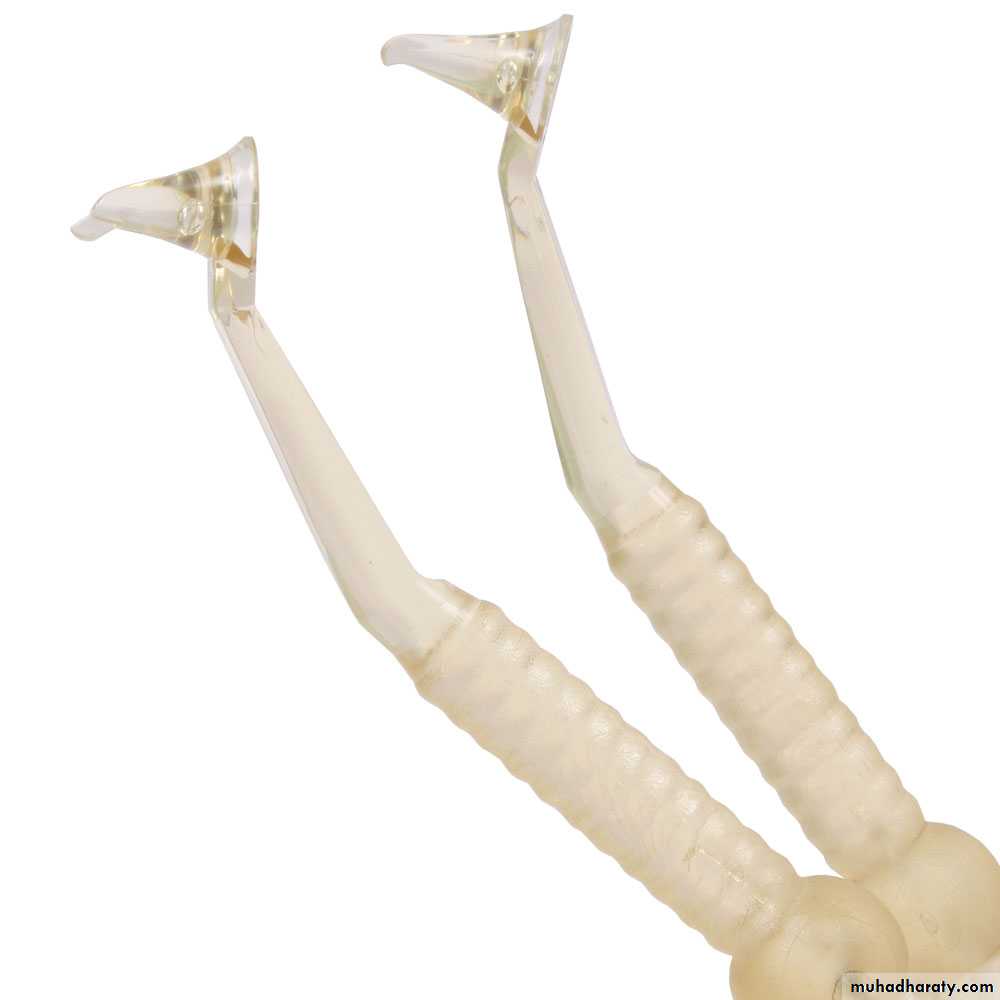Matrix Systems for Restorative Dentistry
Dr. Hakan ÇOLAKIshık University School of Dentistry
Introduction
Class II (interproximal) decay and/or a failing restoration that involves a posterior proximal surface is still a common finding in most dental patientsThe challenge for the dentist always has been to create contact with the adjacent tooth and, at the same time, restore proper interproximal anatomic form given the limitations of conventional matrix systems.
Introduction
The Morphology of proximal Surfacethe posterior proximal surface
convex occlusally
concave gingivally.
The proximal contact
elliptical in the buccolingual direction
located approximately 1 mm apical to the height of the marginal ridge.
As the surface of the tooth progresses gingivally from the contact point toward the cementoenamel junction, a concavity exists that houses the interdental papilla
Introduction
Poor anatomical contacts between posterior teeth with proximal restorations are potentially problematic.
Even a small gap between the new restoration and the neighboring tooth (as narrow as 0.1 to 1 mm), tends to pack foods that subsequently act as an orthodontic separator.
As the gap increases, it traps more food, often leading to periodontal disease and secondary caries on both teeth.
This decay is often asymptomatic, making it difficult to diagnose until quite advanced, when the patient requires endodontic treatment or possibly an extraction. (Vicious cycle)
Interproximal contacts should have the following characteristics:
The contact tends to be centered buccolingually below the marginal ridges.The contact tends to be highly convex in its middle and occlusal thirds.
The contact surface tends to be flat or concave in the cervical third.
If there is gingival recession, there is a tendency for the cervical third to assume a concave form.
Requirements of ideal matrix
Should be rigid enough to maintain its position during condensation.An intimate adaptation of the matrix band to the gingival margin
The matrix band must be easy to apply and withdraw
The matrix band must be tightly wedged at the gingival margin
in order to prevent the matrix becoming loose and moving and sliding during condensation of the restoration material.
Oversized wedges may force the matrix from its contact position.
proximal surface should be anatomical and conform to the convexity of the marginal ridge of the tooth
Otherwise that the health of gingival tissues will be jeopardized.
Requirements of ideal matrix
Thickness of the matrix band influences the interproximal contact area of the restoration.
The band material should be thin enough so that proper contact can be established.
Usually, when the matrix band is removed from the interproximal area, it generates a contact void as wide as the thickness of the matrix band.
Separation by wedging interproximally would compensate for this space.
The thinner the matrix band, the less wedging is required.
The space between the filling and an adjacent tooth should be keep to a minimum.
However, the rigidity of the matrix band should be maintained to resist yielding during placement and condensation procedures
Introduction
A matrix system provides and takes the place of the proximal tooth surface that was removed to restore the proximal contours and contact to their normal shape and function.Classification of Matrices
Ivory Matrix Holder (Retainer) No. 1
Ivory matrix holder No. 1 is most commonly used matrix band holder for unilateral class II tooth preparations.Ivory Matrix Holder (Retainer) No. 1
Diagrammatic representation of Ivory no. I retainer
and bandTofflemire Universal Matrix Band Retainer
It was designed by Dr BF Tofflemire. It is also well known as ‘universal’ matrix because it can be used in all types of tooth preparations of posterior teeth.In this, the matrix band is fitted onto the retainer and then fitted loosely over the tooth, which then can be tightened in position by means of the screw
Types of Tofflemire Matrix
Based on type of headStraight
i. Head of matrix system is straight
ii. Placed only from buccal side
Contra-angle
i. Head is angulated
ii. Placed either from buccal or lingual side.
Based on type of dentition
Standard-use in permanent dentition
Small-used in primary dentition.
Tofflemire Matrix
Proximal surfaces restored using tofflemire matrix require more carving than those restored with the compund supported matrixContouring of matrix band is required
Tofflemire Matrix
AdvantagesThe retainer and band are stable in place
Easy seperation of retainer from band which makes easy removal of band
Less time required for placement
Help to hold the cotton roll in place
Disadvanges
Proximal surfaces restored using tofflemire matrix require more carving than those restored with the compund supported matrixContouring of matrix band is required
Burnish against adjacent tooth to obtain desired contact
Types of bands
Two types of bands are usually used:1. Flat Bands
2. Precontoured bands.
Types of bands
Flat bands:Available in two thicknesses
0.0020 inches
0.0015 inches
Any of these thickness can be used, it depends upon operators preference.
According to shapes, three shapes of flat bands are available
No. 1 or universal band
No. 2 or (MOD band):
It has two extensions projecting at gingival edge.
Commonly used in molars
No. 3:
Similar to No. 2 band in design but narrower than No. 2
Types of bands
According to shapes, three shapes of flat bands are available
No. 1 or universal band
No. 2 or (MOD band):
It has two extensions projecting at gingival edge.
Commonly used in molars
No. 3:
Similar to No. 2 band in design but narrower than No. 2
Types of bands
Flat band need to be contoured before placing in retainer.Contouring of band can be done with the help of:
Ovoid burnisher
Spoon excavator (using its convex side)
Types of matrix bands
Types of bands
Precontoured bands:Walser Dental Matrices
Fitted and removed within a few seconds.Optimal fillings and applied with a single motion.
Fits tightly and safely like a corset.
Automatically adapts itself to conical tooth shapes.
Patients can close their mouths and bite when the matrix is in place.
No screws or spanners are required.
The ideal cotton wool roll holder.
Easy to sterilise and extremely durable.
Rare papillary bleeding
Even with small mouth openings
Retainerless Automatrix System
Is a retainer less system available in four sizes to fit all teeth.Band vary in height from 4.7-7.9 mm and thickness of 0.038-0.002 mm.
Indicated in class II preparation especially teeth
requiring rebuilding of cusps.
Advantages
Autolock loop can be either be placed on facial or lingual side
Retainerless Automatrix System
This matrix system can be adjusted according to tooth shape and size. The bands are available in different sizes, and come in preformed and disposable formSectional matrix Systems
Sectional MatrixRing produces high-quality, anatomically accurate restorations.
The nickel-titanium ring has exceptional strength for stability and exerts optimal separation force on the teeth to produce consistently tight contacts.
The V-shaped tines ensure there is no competition with the wedge in the embrasure, and they grip both teeth equally, preventing the ring from collapsing into wide cavities.
Transparent Sectional Matrix
ClearMetal is the only transparent matrix with the advantages of metal malleability. It is designed to create natural contours, and its hundreds of resin-filled micro-windows allow you to initiate curing through the matrix.Hundreds of resin-filled micro-windows allow light to pass through the matrix
Combine with the V4 Ring™ and V4 Wedge™ for great anatomy and a “clear” advantage
Great with bulk fill and deep cavities
ClearMetal is the only transparent matrix with the advantages of metal malleability
Anatomical design produces natural contours, saving finishing time
Matrix hugs the tooth for extra stability
Matrix wings won’t get in the way during ring placement
Micro-windows leave no imprint on the composite
Nonstick for easy removal
Transparent Sectional Matrix
Matrix and Wedge Combined Systems
These type of matrix systems offers a unique solution by combining a wedge and a matrix in its design, allowing for fast and efficient approximal contacts for Class II restorations. This one-piece wedge and matrix inserts as easy as a wedge and can be placed in only 5 seconds.No ring requiredAchieve restorations with natural contact and tight cervical margins
Tight cervical marginal adaptation avoids overhangs
Convex natural contact point
Flexible wing exerts pressure for maintained separation
FenderMate Assortment Kit
FenderMate Assortment Kit
Cervical matrices
Translucent Matrix Systems
Translucent Matrix Systems
Wedges
Wedges
Types of wedges:Wooden wedges
Plastic wedges.
Wedges
Wooden wedges:These are most commonly used and preferred as they can be easily trimmed and can be fitted in gingival embrasure.
Adapt well in the gingival embrasure
Easy to use
Wooden wedges absorb water, thus increase the interproximal retention
Provide stabilization to matrix band
Available in two shapes
1. Triangular
2. Round
Plastic Wedges
Trimming is difficultAdaptability is difficult in some cases.
Types of Plastic Wedges
Normal wedges:They are similar to the wooden wedges in shape and use.
Wave shaped wedges :
Their curved shape helps in easy placement and proper seal of buccal and lingual embrasures without impinging gingiva.
Wave shaped wedges are available in three different sizes, i.e. small (white), medium (pink) and large (violet) color
Types of Plastic Wedge
Wave shaped wedges
Light transmitting wedges
As the name indicates, these types of wedges transmit 90 to 95 percent of incident lightThey are a type of plastic wedges
Transparent in nature
Designed for use in cervical area of class II composite resin restoration
Light transmitting wedges
Advantages of light transmitting wedges over other wedges in composite restorations:Help in reducing the polymerization shrinkage because of light transmission
Better adaptability.
Interdental Wedges with Hemostatic Properties
Made of maple wood from sustainably managed swiss forest
Contain aluminium potassium sulphate
Well know agent with astringent (hemostatic) effect of gingiva
Contact point reconstruction
Instruments for contact point reconstructionTranslucent insturments that allow to light cure through their tips while the matrix is being hold attached to the adjacent tooth
Each instrument has a distal and mesial tip
Autoclavable





















